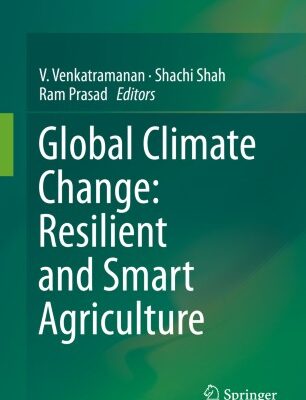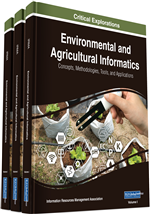Suchiradipta Bhattacharjee, and Saravanan, R., (2012). Poverty in Natural Prosperity: Can Agriculture Bring the Renaissance in North-East India?. In: Kashyap, Shivendra Kumar, Pathak, Awadhesh and Papnai Gaurav (Eds). Saving Humanity-Swami Vivekananda Perspective.Published Vivekanand Swadhyay Mandal, G.B. Pant University of Agriculture and Technology, Pantnagar, Uttarakhand. Pp261-275
Abstract
Swami Vivekananda, the Holy Man of India once said “India has bushel full of doctrines and to spare. What we want is less doctrine and more bread”. Since then, India has risen through ranks but the dark side of the moon couldn’t hide. She is the home of 17.31% (1.21billion; March 2011) of the world’s population but ranks the third poorest. Global Hunger Index ranks India 67th out of the 122 developing countries. Reports indicated that “serious hunger” exists in all the States and 12 States having an “alarming rate of hunger”. Coming to the “Rainbow Land” of the country, the eight sisters of the North East add a splash of colour to the cultural map of India. Richly endowed with natural resources, the region is identified as one of the biodiversity hotspot. Wide range of flora and fauna, the region with highest rainfall in the world, fertile virgin lands, wide climatic conditions from sub tropical regions of Assam and Tripura to the temperate zones of Sikkim-Mother Nature has blessed her with everything. The native population is hard working and tries their best to utilize the resources available. But the problem of food insecurity and poverty is prevalent. Intensive natural resource mining, degradation of natural resources (soil, water, vegetation), and mono-cropping under less organised agricultural practices are reasons for low productivity. Floods, river bank erosion cause unmitigated damage to people and property. Limited infrastructure, unemployment, diseases and epidemics is causing moral decay in the youths and pushing them towards an extreme lifestyle. This result in insurgency problems, rise in drug addiction, AIDS and hepatitis which are further crippling the economy and the society. The North East Council report indicated that one-fifth of population in the region are living below the poverty line. Finding a single solution to all these problems might not be possible but a common solution can surely diminish them to some extent. As stated the UN document, “Of the eight MDG, eradicating hunger and poverty depends on agriculture the most” and hence, the priority sector in North East must be agriculture. Agricultural research and development should be given utmost emphasis in the north eastern States. There are few NGOs, CBOs and SHGs have been working through social mobilizing, training and capacity building of the rural people. Developing the infrastructure, encouraging the establishment of agricultural credit institutions, regulating market prices for agricultural and allied products can boost the rural economy. Read more…

